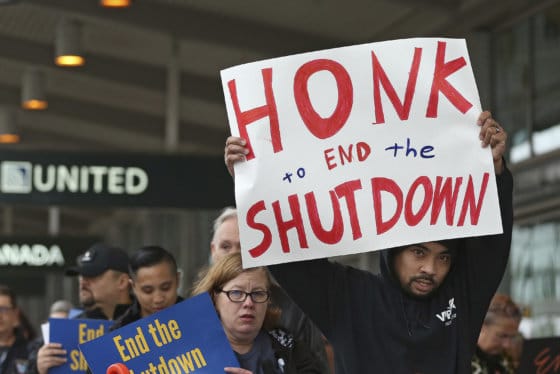WASHINGTON — In perhaps non-shocking news, it turns out that D.C. is being affected the most by the current government shutdown. The runners-up, however, might be surprising.
The federal government has shut down 21 times since 1976. Three of those shutdowns have been under President Donald Trump’s administration, though the first lasted only a couple of days and the second a few hours.
The longest (so far) started in 1995 because of a clash between then-President Bill Clinton and Congress over a spending bill Clinton vetoed because it didn’t align with his objectives for education, the environment, Medicare and public health.
It lasted 27 days in total and Republicans — Newt Gingrich in particular, due to his “temper tantrum” — famously bore the brunt of the blame.
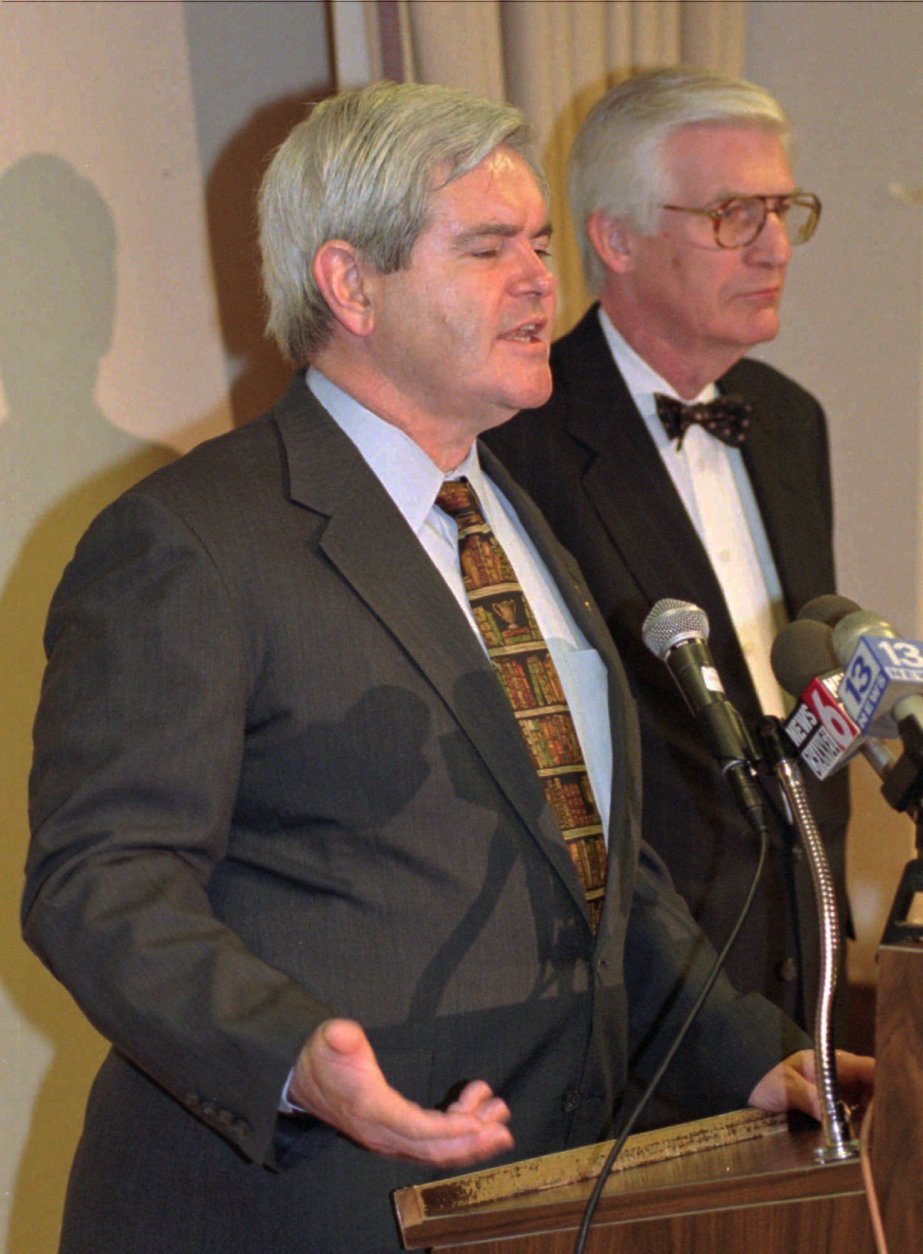
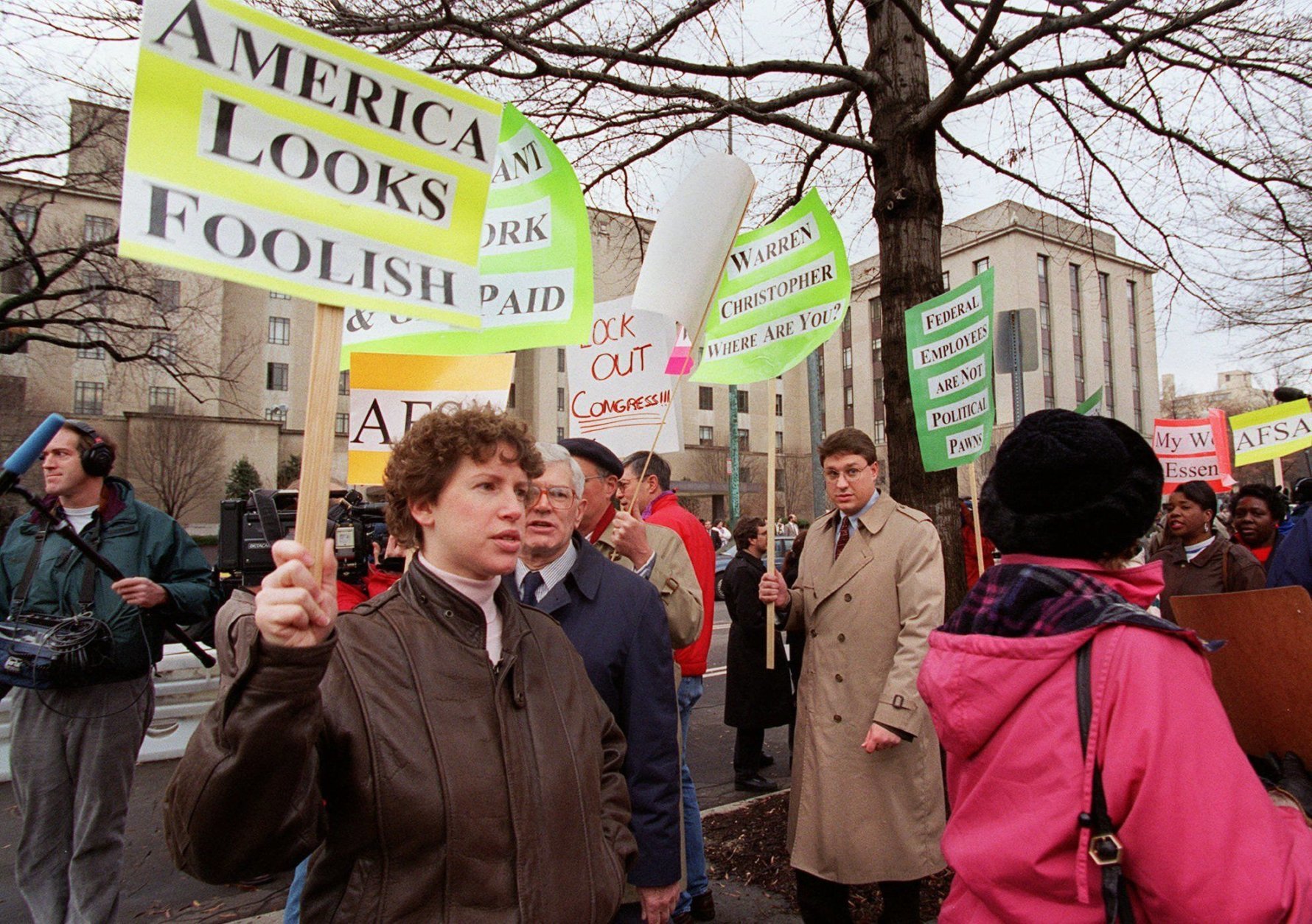
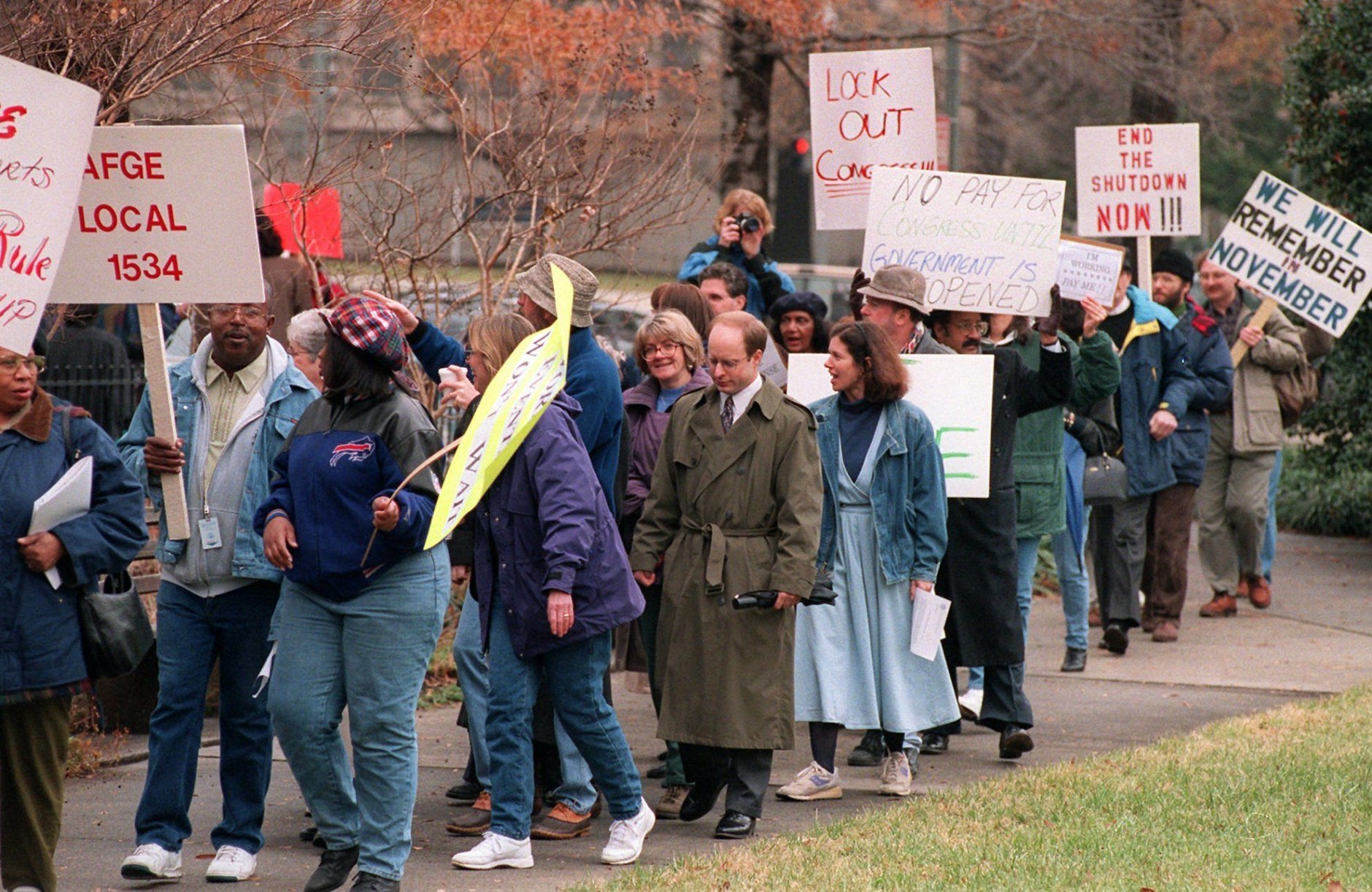
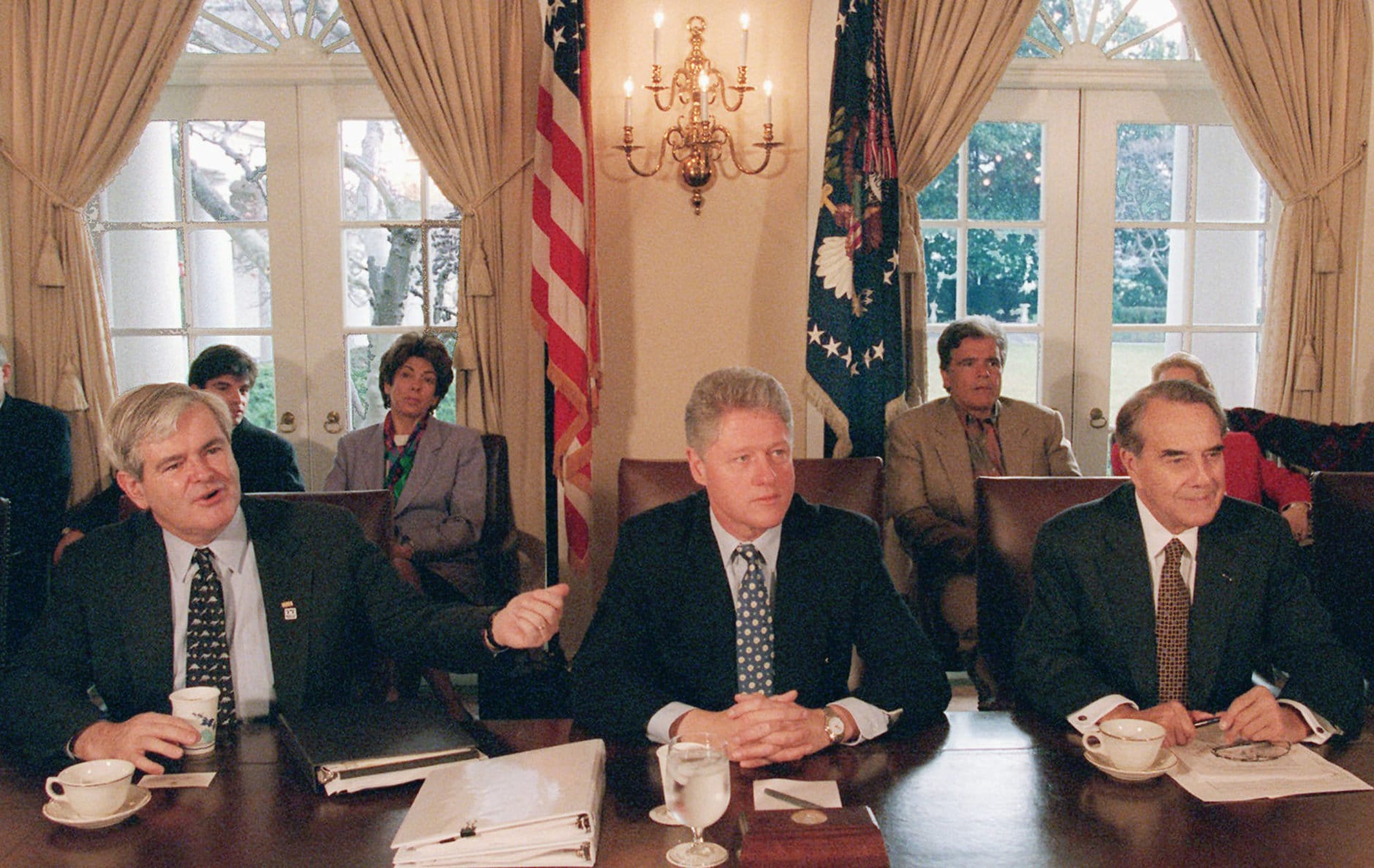
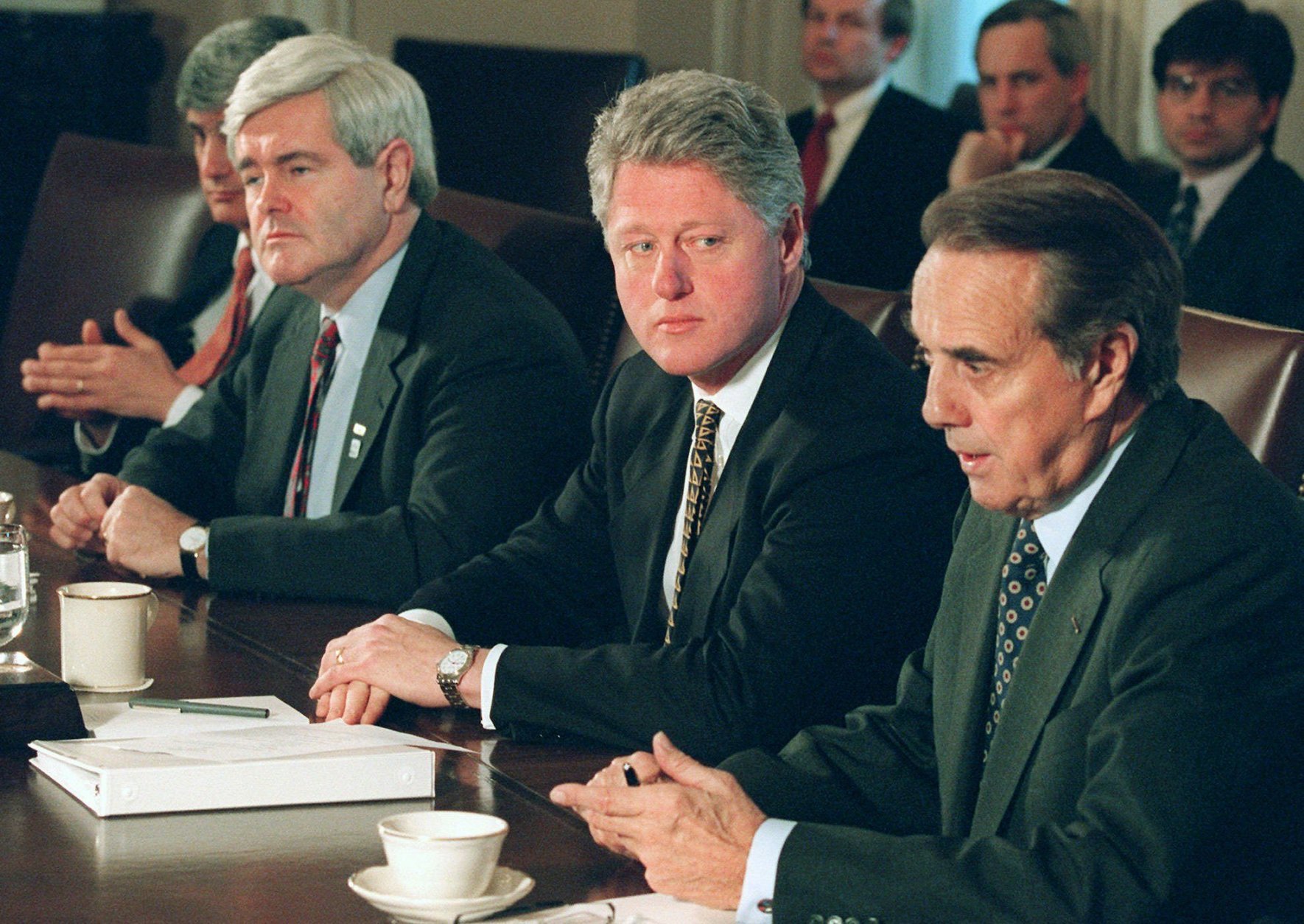
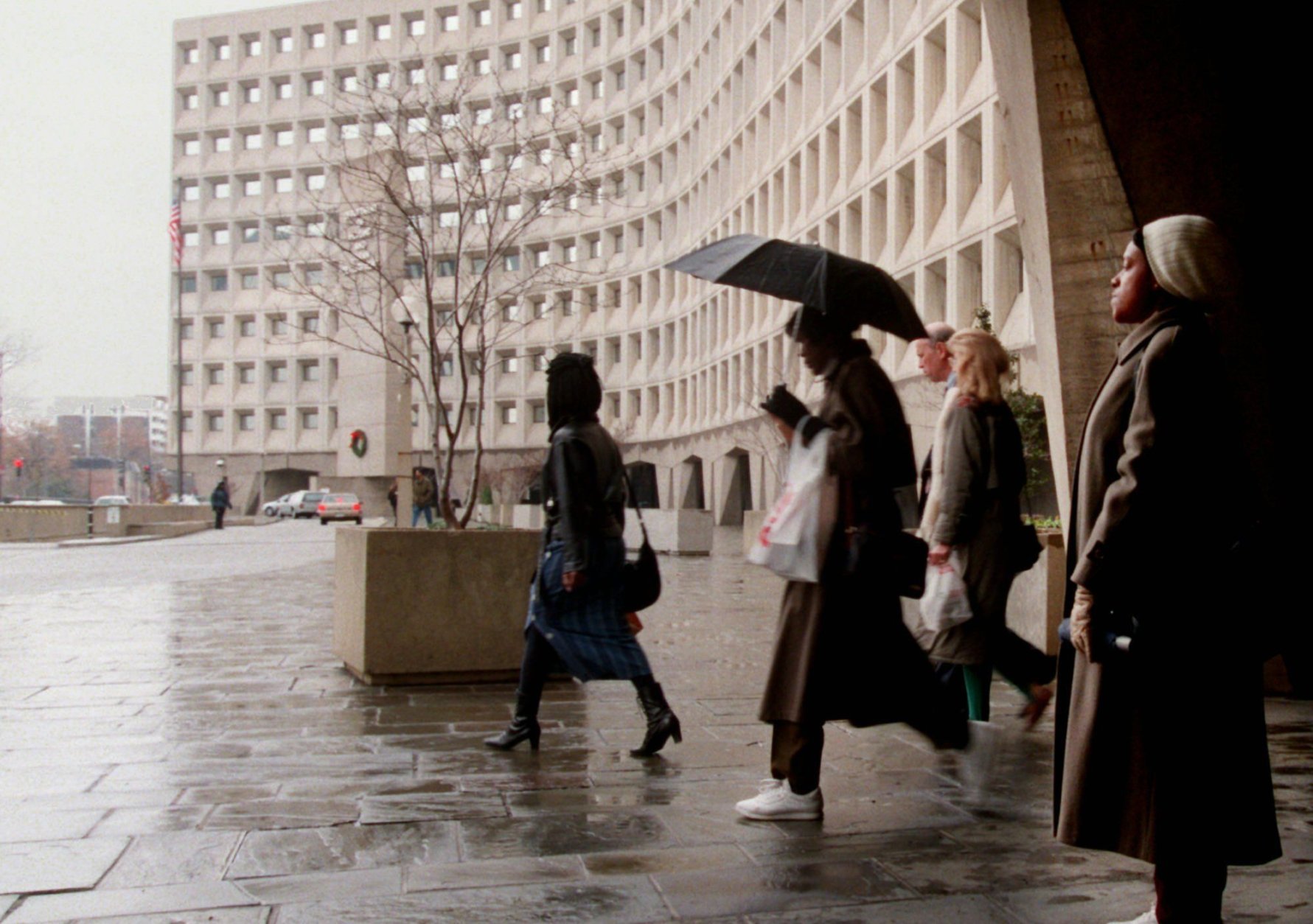
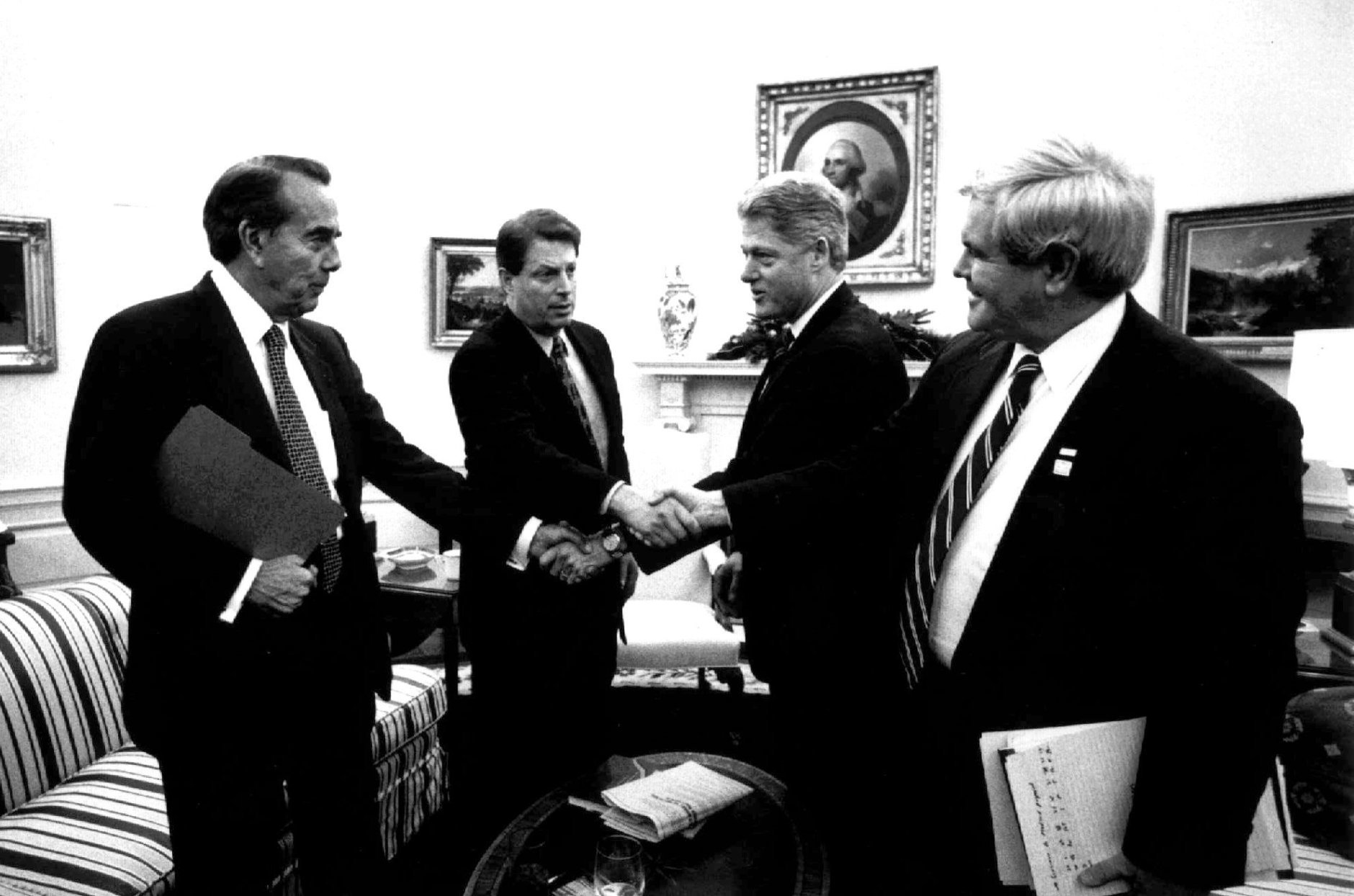
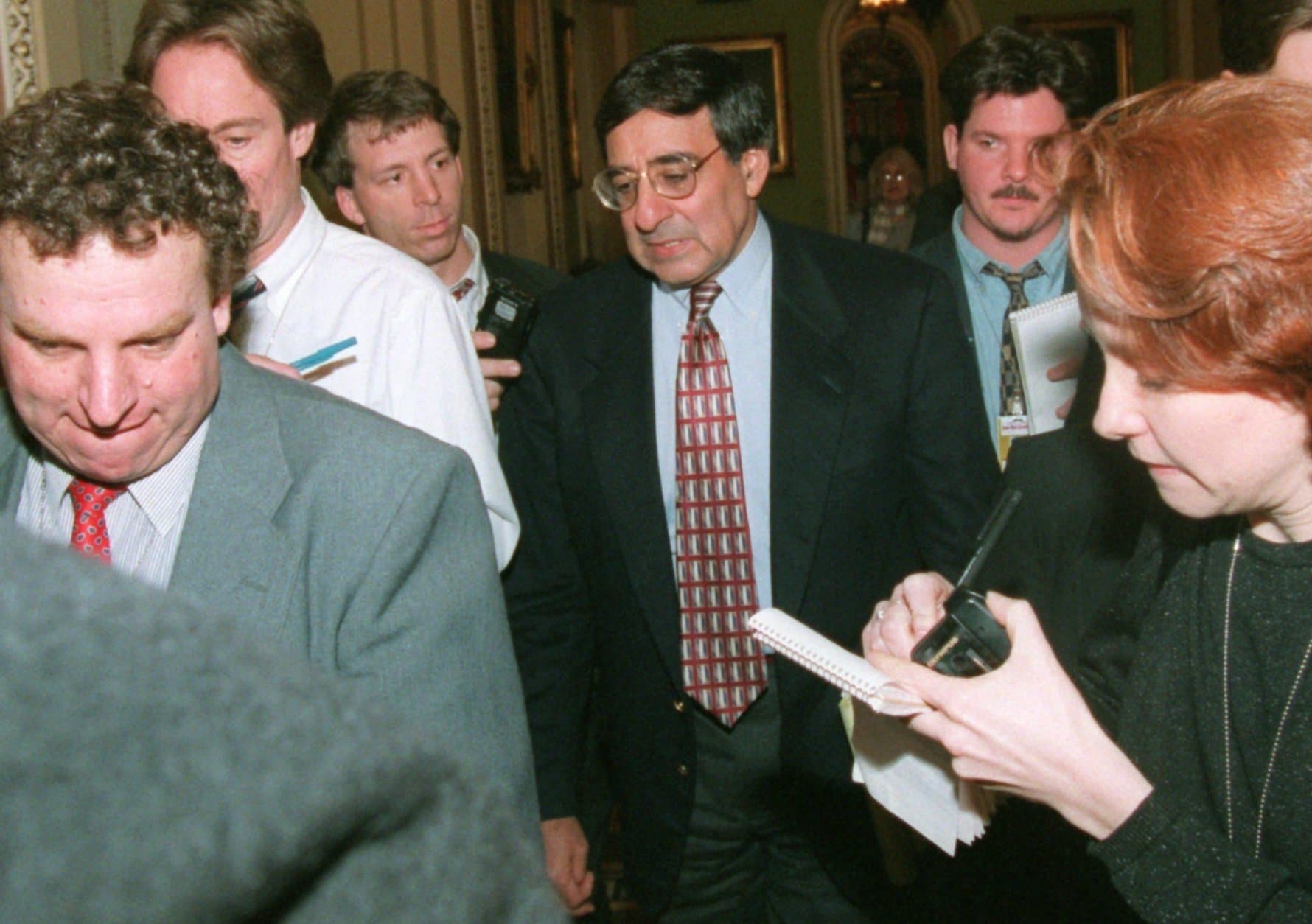
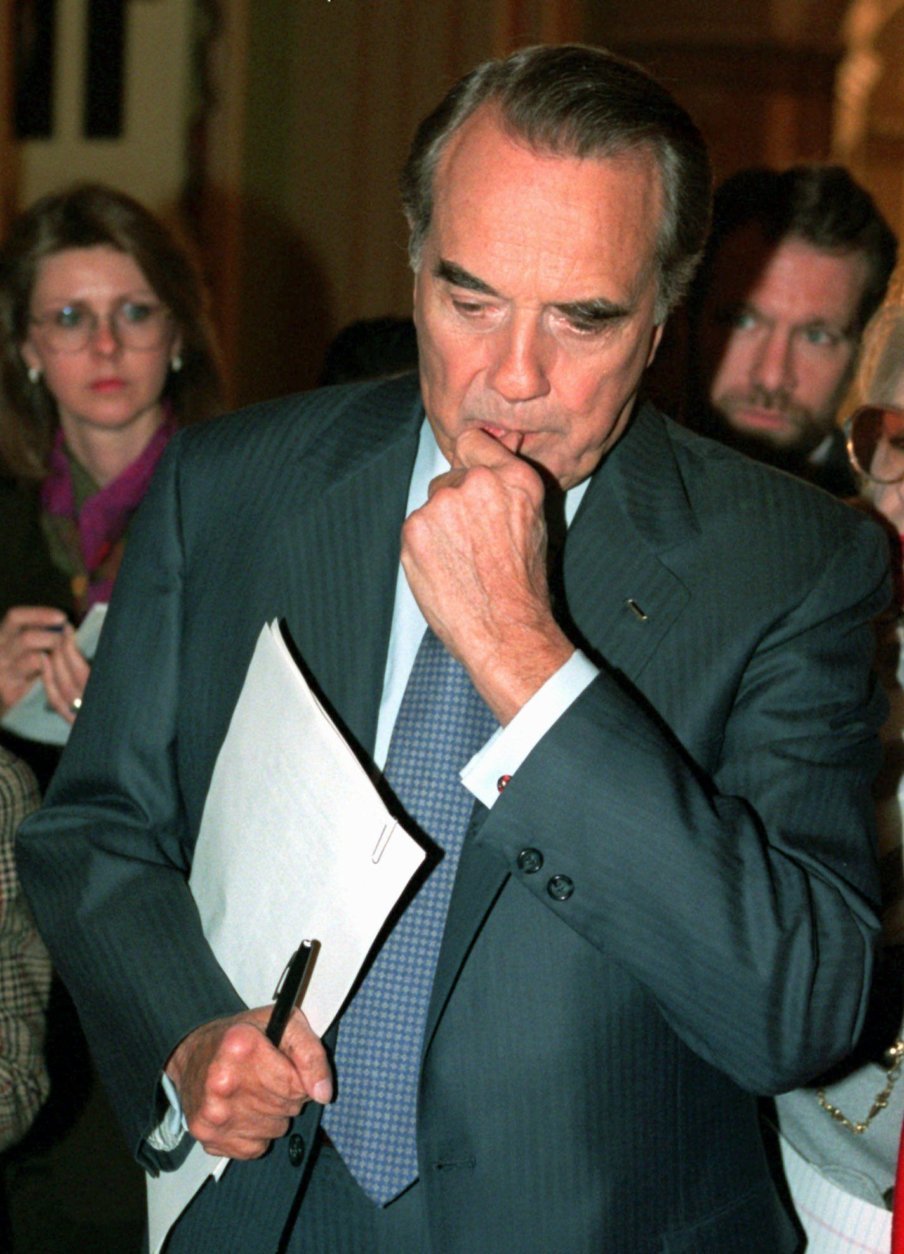
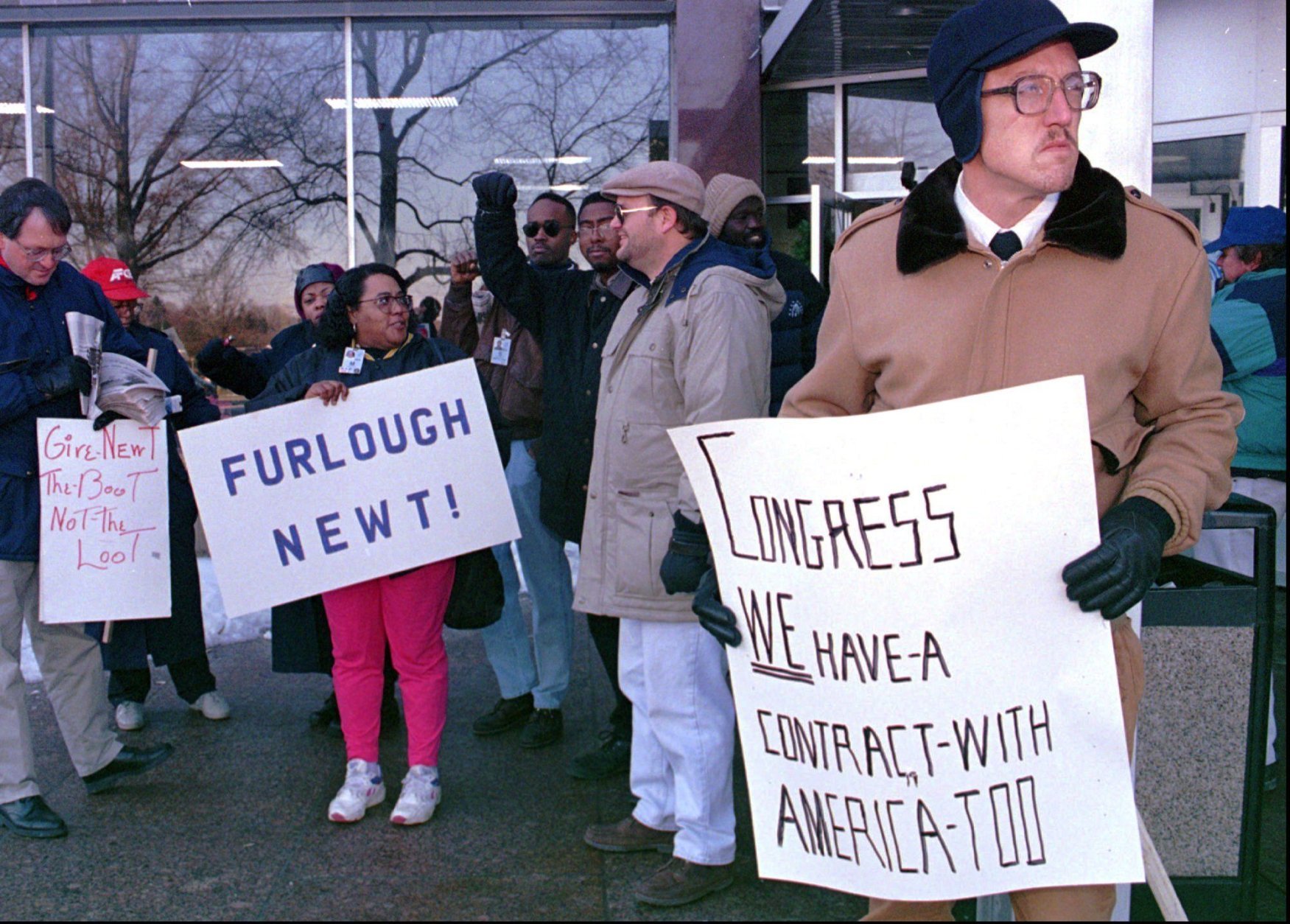
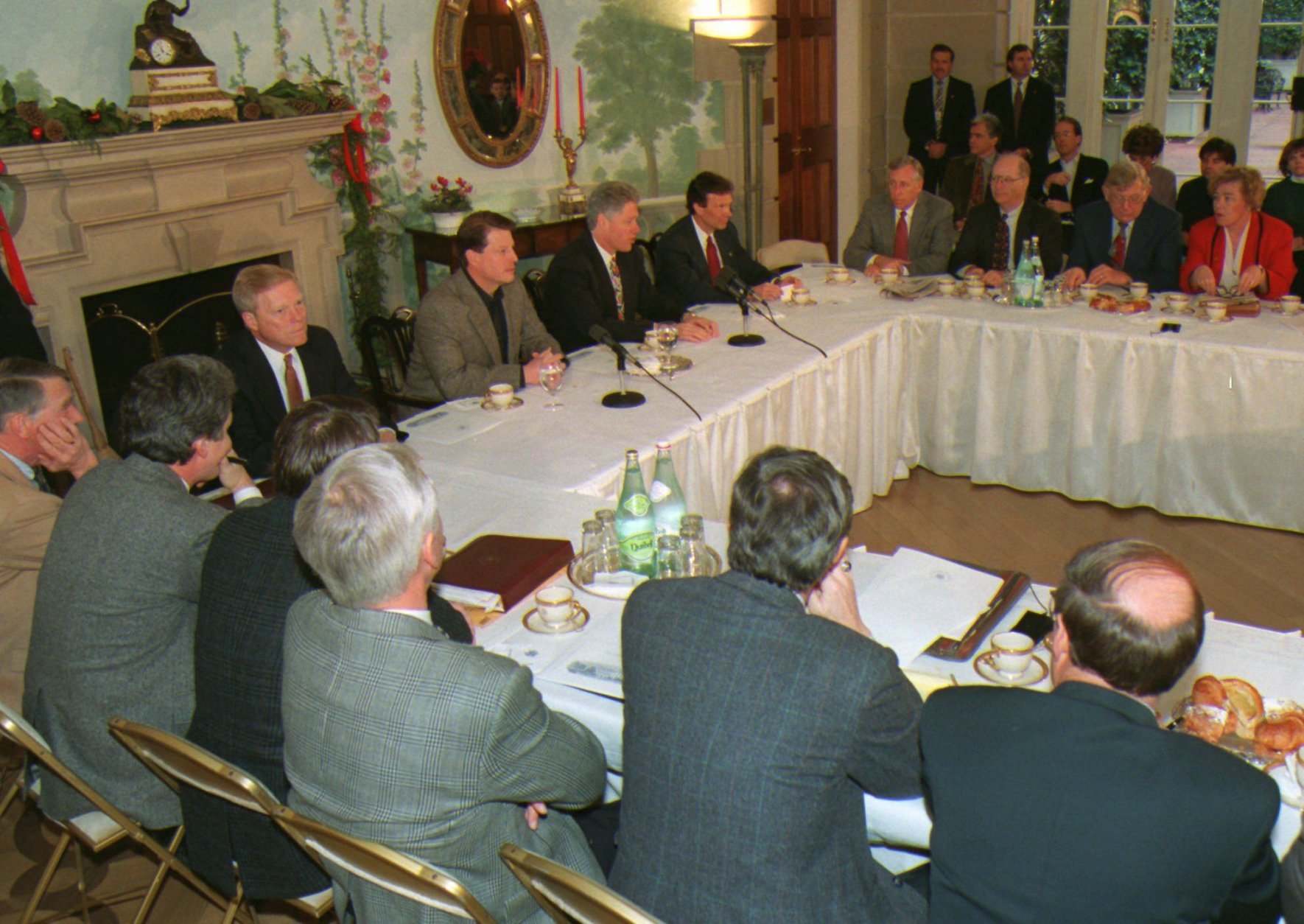
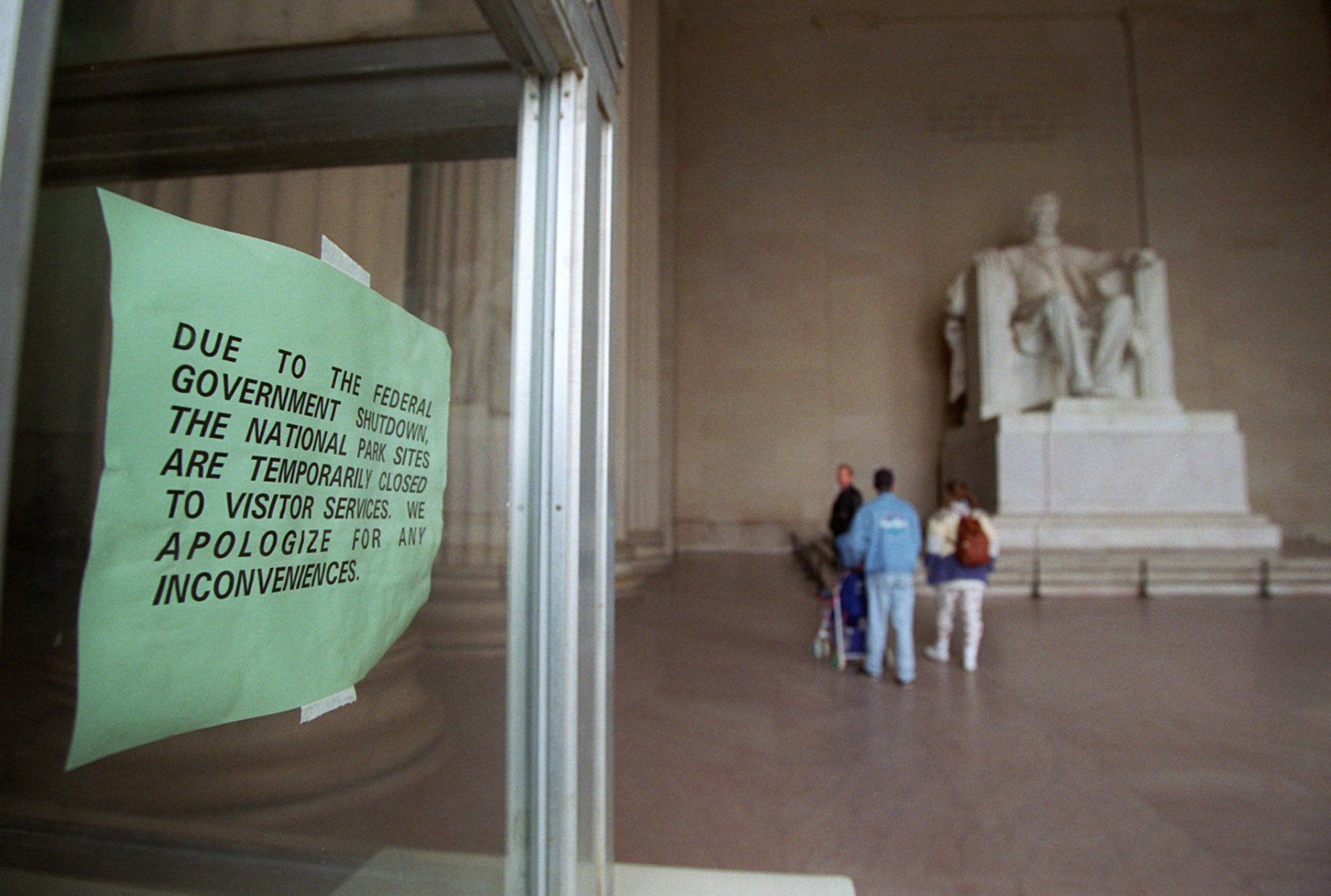
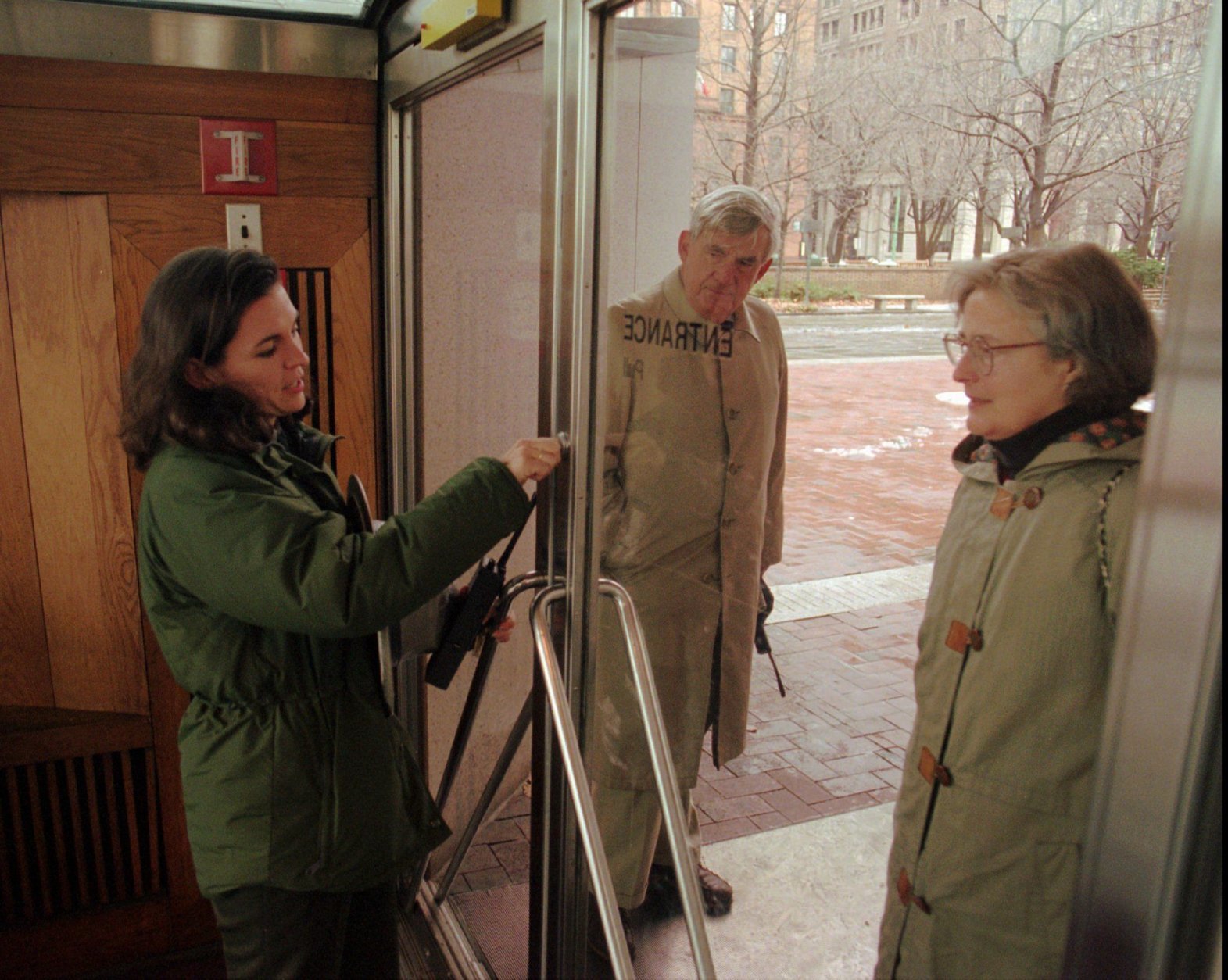
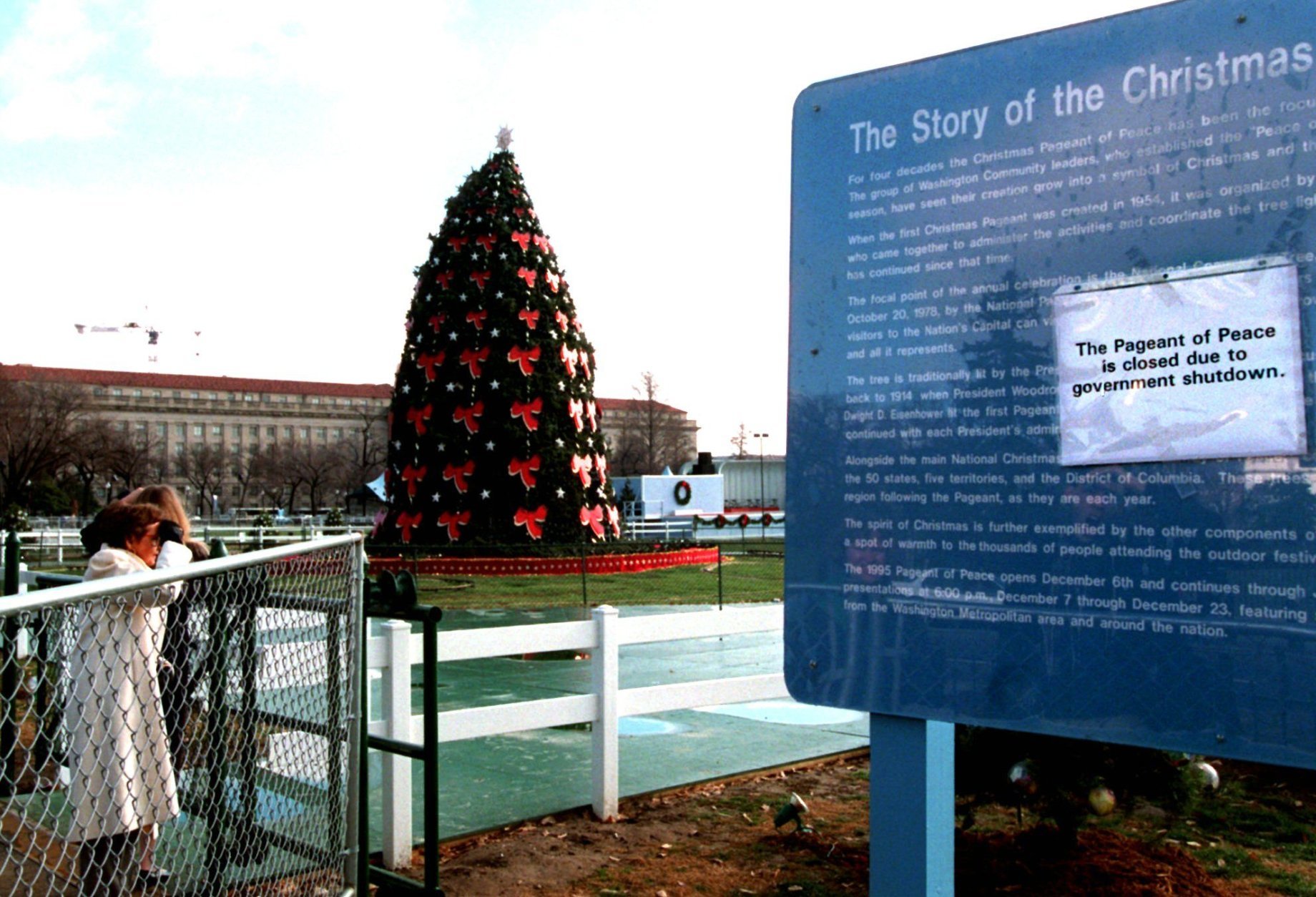
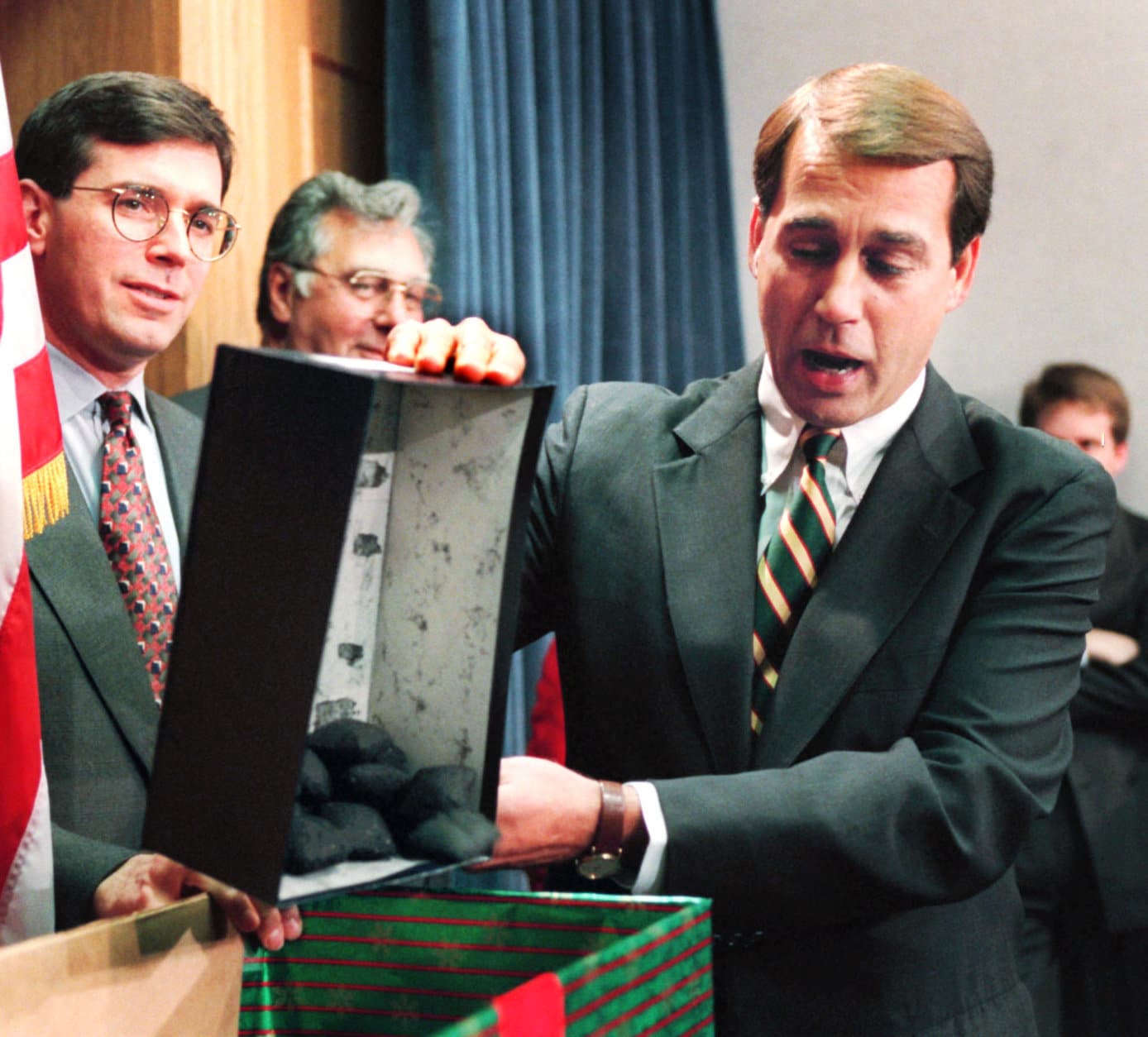
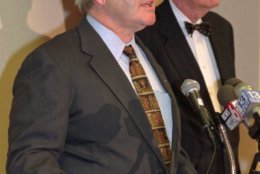
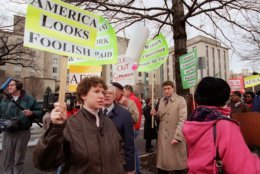
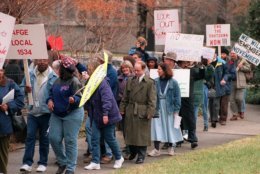
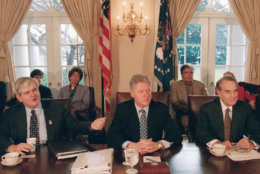
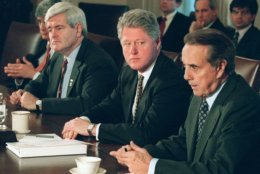
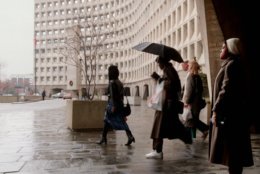
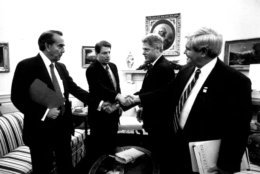
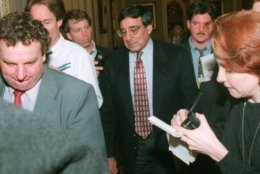
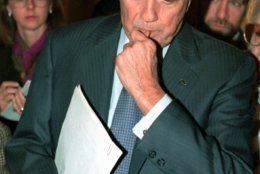
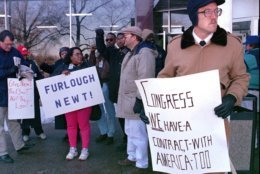
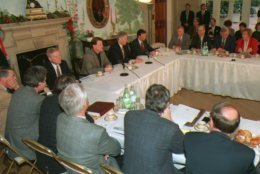
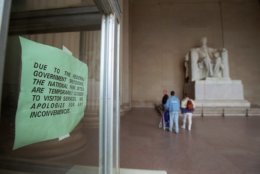
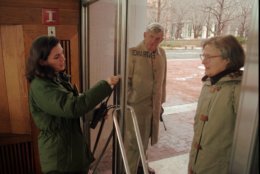

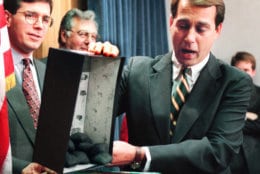
The 2018-2019 shutdown, entering its 13th day Thursday, also revolves around government spending. This time, it’s ostensibly centered on funding for Trump’s signature campaign pledge to build a wall along the U.S.-Mexico border.
Businesses in Washington have been eerily quiet since the shutdown started. And most federally funded locations in D.C. are closed. But the impact of the shutdown is being felt far beyond the borders of the District.
According to a WalletHub report, New Mexico is the second-most impacted by the shutdown, right after D.C., due to the share of federal jobs to federal contract dollars per capita and the share of families receiving food stamps.
Third is Maryland. Fourth is Hawaii. Alaska is fifth, with Virginia coming in sixth.
At the very bottom of the list, hit the least, is Minnesota.
“To measure the relative impact of the January 2019 partial government shutdown on each state, as well as the District of Columbia, WalletHub identified five basic metrics that speak to how people across the country will be affected by the absence of government services,” the report reads.
WalletHub says it “analyzed publicly available data from official sources to score the shutdown’s impact by state” to reach its conclusions.
“Each metric was scored on a 100-point scale, with 100 representing the biggest impact from the government shutdown. We then determined each state and the District’s weighted average across all metrics to calculate its overall score and used the resulting scores to construct our final ranking.”
That rubric is based on the share of federal jobs, federal contract dollars per capita, the percentage of families receiving food stamps, each area’s real estate as a percentage of the gross state product and access to national parks.
See an interactive map with the full results below.
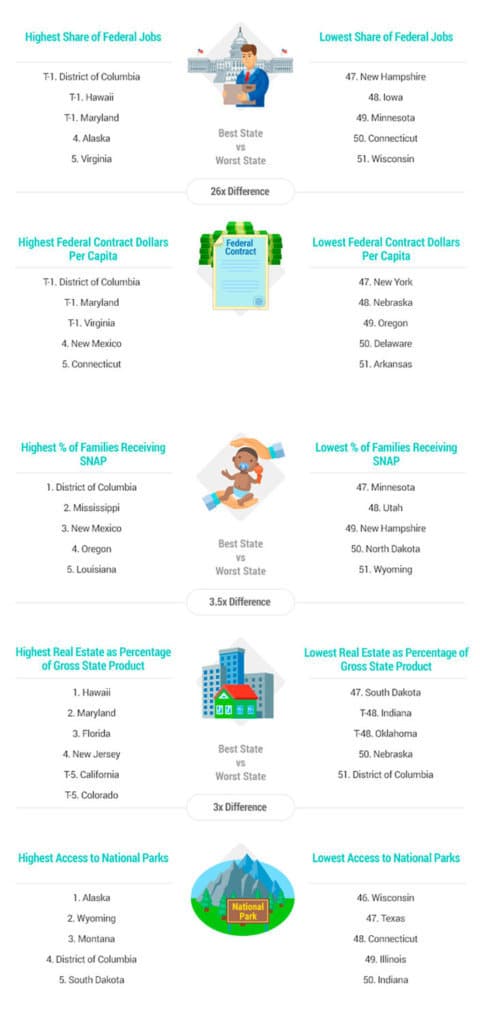
The current government shutdown began Dec. 22 after Trump bowed to conservative demands that he fight to make good on his vow and secure funding for the wall before Republicans lost control of the House on. He said repeatedly during his presidential campaign that Mexico would pay for such a wall.
Democrats have remained committed to blocking the president’s priority, and with neither side engaging in substantive negotiation, the effect of the partial shutdown was set to spread and to extend into the new year.
In August 2015, during the campaign, Trump made his expectations for the border explicitly clear, as he parried criticism from rival Jeb Bush, the former Florida governor.
“Jeb Bush just talked about my border proposal to build a ‘fence,’” he tweeted. “It’s not a fence, Jeb, it’s a WALL, and there’s a BIG difference!”
Trump suggested as much again in a tweet on Sunday: “President and Mrs. Obama built/has a ten foot Wall around their D.C. mansion/compound. I agree, totally necessary for their safety and security. The U.S. needs the same thing, slightly larger version!”
There is no such wall around the Obamas’ D.C. house.
Aside from what constitutes a wall, neither side appeared ready to budge off its negotiating position. The two sides have had little direct contact during the stalemate, and Trump did not ask Republicans, who hold a monopoly on power in Washington until Thursday, to keep Congress in session.
Talks have been at a stalemate for more than a week, after Democrats said the White House offered to accept $2.5 billion for border security. Senate Democratic leader Chuck Schumer told Vice President Mike Pence that it wasn’t acceptable, nor was it guaranteed that Trump, under intense pressure from his conservative base to fulfill his signature campaign promise, would settle for that amount.
Conway claimed Sunday that “the president has already compromised” by dropping his request for the wall from $25 billion, and she called on Democrats to return to the negotiating table.
“It is with them,” she said, explaining why Trump was not reaching out to Democrats.
Democrats maintain that they have already presented the White House with three options to end the shutdown, none of which fund the wall, and insist that it’s Trump’s move.
“At this point, it’s clear the White House doesn’t know what they want when it comes to border security,” said Justin Goodman, Schumer’s spokesman. “While one White House official says they’re willing to compromise, another says the president is holding firm at no less than $5 billion for the wall. Meanwhile, the president tweets blaming everyone but himself for a shutdown he called for more than 25 times.”
After canceling a vacation to his private Florida club, Trump spent the weekend at the White House. He has remained out of the public eye since returning early Thursday from a 29-hour trip to visit U.S. troops in Iraq, instead taking to Twitter to attack Democrats. He also moved to defend himself from criticism that he couldn’t deliver on the wall while the GOP controlled both the House and Senate.
“For those that naively ask why didn’t the Republicans get approval to build the Wall over the last year, it is because IN THE SENATE WE NEED 10 DEMOCRAT VOTES, and they will gives us “NONE” for Border Security!,” he tweeted. “Now we have to do it the hard way, with a Shutdown.”
The Shutdown is only because of the 2020 Presidential Election. The Democrats know they can’t win based on all of the achievements of “Trump,” so they are going all out on the desperately needed Wall and Border Security – and Presidential Harassment. For them, strictly politics!
— Donald J. Trump (@realDonaldTrump) January 3, 2019
Democrats have vowed to pass legislation restoring the government as soon as they take control of the House on Thursday, but that won’t accomplish anything unless Trump and the Republican-controlled Senate go along with it.
The shutdown has forced hundreds of thousands of federal workers and contractors to stay home or work without pay.
WalletHub used data from the U.S. Census Bureau, the U.S. Bureau of Labor Statistics, usaspending.gov, the National Association of Realtors and National Park Service.
The Associated Press contributed to this report.

